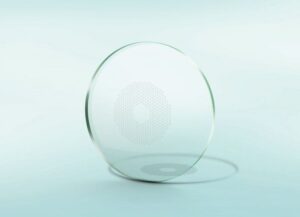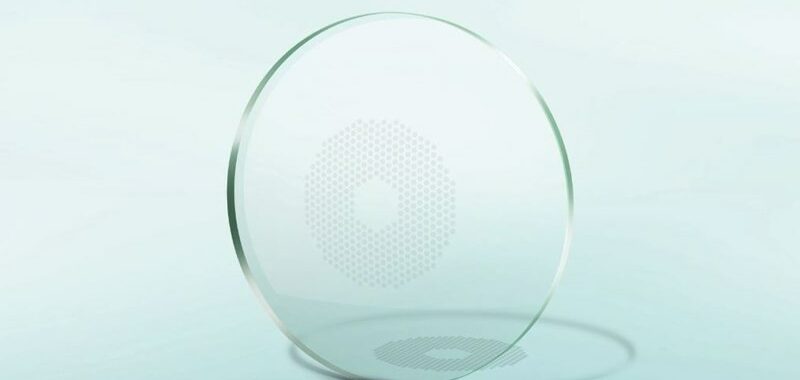Glasses for myopia control
Glasses for myopia control have had many challenges. In addition to the complicated goal of achieving successful slowing down myopia progression, these eyeglasses may disrupt clear vison.
Several companies are developing new glasses for Myopia Control. The goal is to have another alternative for children who are becoming more and more nearsighted. These glasses are in FDA trials, and we hope to have them within the next few years.
Glasses for myopia control and management are designed to affect the way light focuses on the retina. Some companies are using specialized optics to create the effect. Other companies are using a novel approach of creating contrast se nsitivity differences within the eye to attempt controlling the eye from growing too long.
nsitivity differences within the eye to attempt controlling the eye from growing too long.
Treatments currently available
Current methods for controlling or managing nearsightedness include Orthokeratology, Atropine Therapy, and specialty contact lenses. There are many reasons to manage myopia; above all, it is to keep your eyes healthy.
The optometrist that specializes in myopia control and treat patients with molds is known as an Orthokeratologist. Most orthokeratologists also offer other treatment options. Glasses for myopia have been around for many years. However, recent studies show, the current way traditional eyeglass lenses work may contribute to the problem of nearsightedness becoming worse over time. For instance wear glasses made with regular lenses focuses light in an unwanted pattern which will result in clear vision but unfortunately encourage the eye to grow.
In conclusion, research is proving that the optics of traditional glasses create a blur to the peripheral vision that helps the eye to grow too long. As the eye grows too long, it becomes more and more nearsighted. This elongation leads to a weaker eye and an increase in the risk of eye disease. The good news is that we have many experts from around the world focused on this preventable health hazard. We already have several good options as oppose to the traditional ways eye doctors have been treating nearsighted children. The biggest challenge we face today is not having enough fellowship-trained doctors who are experts in the field of myopia control and orthokeratology.

